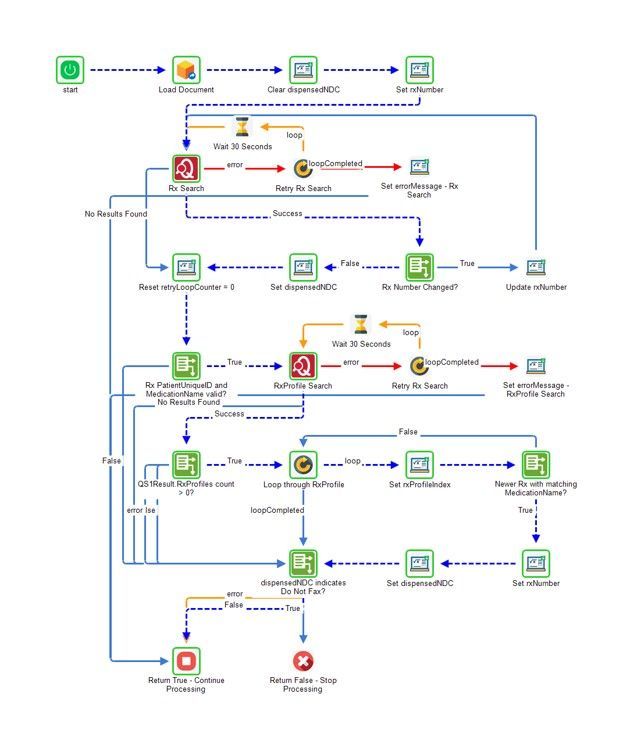Workflow automation is an important aspect of business operations that helps organizations to streamline their processes, reduce manual errors, and increase efficiency. By implementing workflow automation, companies can achieve higher levels of productivity, minimize time wastage, and enhance customer satisfaction.
In this article, we discuss the workflow automation lifecycle and how it can help your business operations to thrive in today's competitive marketplace.
Understanding Workflow Automation Lifecycle:
The workflow automation lifecycle comprises several stages that are crucial for ensuring a smooth and efficient process. These stages include planning, modeling, execution, monitoring, and optimization. We outline each stage in detail.
1. Planning:
The first step in the workflow automation lifecycle is planning. It involves identifying the processes that require automation, assessing their complexity, and determining the resources required to execute them effectively. In this phase, you need to establish clear goals, objectives, and success criteria for your workflow automation project.
2. Modeling:
Once you have identified the processes to be automated, the next stage is modeling. Here, you will create a visual representation of the process flow using tools like BPMN (Business Process Management Notation) or flowcharts. This step helps in ensuring that all stakeholders understand the workflow and can provide valuable feedback for improving its efficiency.
3. Execution:
After modeling, you move on to the execution stage. In this phase, you will set up your workflow automation software and configure it according to your requirements. The software should be able to integrate with other systems in your organization to ensure seamless data transfer and avoid manual errors.
4. Monitoring:
Once your workflow is live, you need to monitor its performance regularly. This stage involves tracking key metrics like cycle time, error rate, and user satisfaction to identify areas for improvement. You can also set up alerts and notifications to address any issues proactively.
5. Optimization:
The last step in the workflow automation lifecycle is optimization. Here, you will analyze the data collected during monitoring and make changes to improve the workflow's efficiency and effectiveness. This may involve modifying the process flow, tweaking the configuration settings, or even switching to a different software solution altogether.
Benefits of Workflow Automation Lifecycle:
By following the workflow automation lifecycle, organizations can enjoy several benefits, including:
- Improved Efficiency:
By automating repetitive and mundane tasks, your employees can focus on more critical aspects of their jobs, leading to higher productivity levels.
- Reduced Errors:
Automated workflows eliminate human errors, which can be costly in terms of time and resources. This leads to more accurate and reliable data processing, resulting in better decision-making capabilities.
- Enhanced Customer Satisfaction:
Streamlined processes lead to faster response times and improved customer service, which ultimately results in increased customer satisfaction rates.
- Cost Savings: By reducing manual labor costs, optimizing resources, and minimizing errors, workflow automation can help organizations save money in the long run.
By implementing a workflow automation lifecycle, businesses that want to stay competitive, can. Get excited to streamline operations, reduce errors, and enhance customer satisfaction levels.
Book a demo today to learn how you can take advantage of workflow automation.







